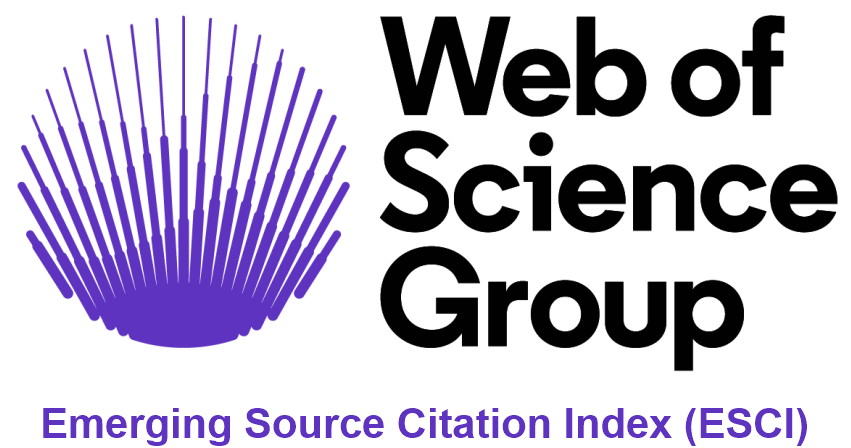Characterization of livestock producers and livestock production units that are beneficiaries of the livestock productivity incentives program (PROGAN) in México.
Abstract
The PROGAN has been criticized, just like other agricultural
support governmental programs, because it does not start with a
diagnosis of the real situation that cattle production has and,
therefore, does not take into consideration the differences between
producers, an important aspect in the design of public policies.
The objective of this research was to characterize economically
and productively the livestock producers that integrate the registry
of PROGAN beneficiaries in México, in order to clarify the
conditions in which extensive livestock production is carried out,
and allowing in the long term a differentiation of policies. The
study was based on 977 surveys, and the analysis methodology
used was Factor Analysis, which as a statistical technique for
data reduction turned out to be efficient in identifying six factors
which were used to adjust the sample and characterize it in four
types of producers with different levels of economic and productive
development.
Downloads
Published
How to Cite
Issue
Section
License
Authors who publish in this journal accept the following conditions:
- The authors retain the copyright and transfer to the magazine the right of the first publication, with the work registered with the Creative Commons attribution license, which allows third parties to use what is published as long as they mention the authorship of the work and the first publication in this magazine.
- Authors may make other independent and additional contractual arrangements for non-exclusive distribution of the version of the article published in this journal (e.g., including it in an institutional repository or publishing it in a book) as long as they clearly indicate that the work It was first published in this magazine.
- Authors are permitted and encouraged to publish their work on the Internet (for example on institutional or personal pages) before and during the review and publication process, as it can lead to productive exchanges and greater and faster dissemination of the work. published (see The Effect of Open Access).













